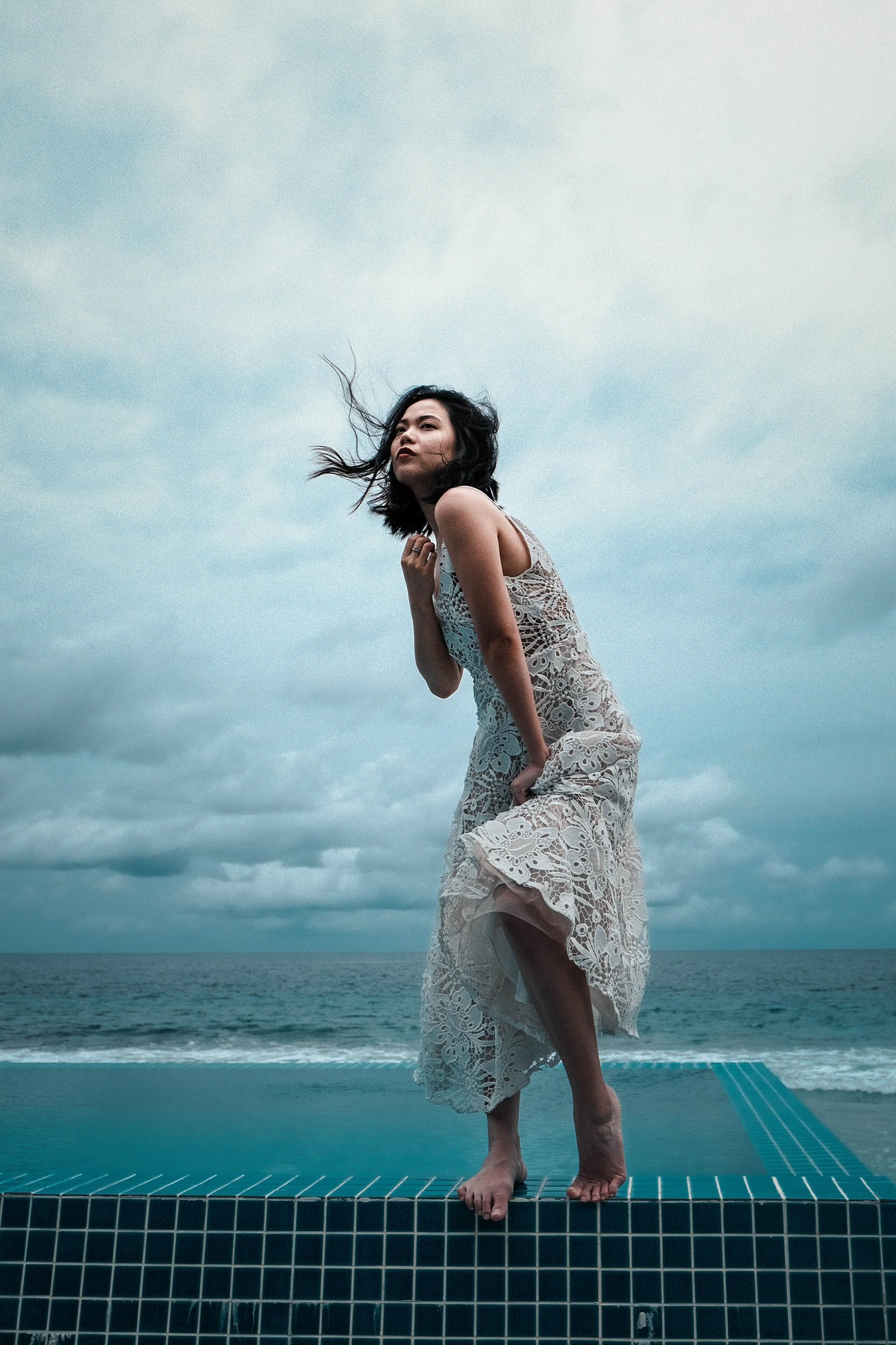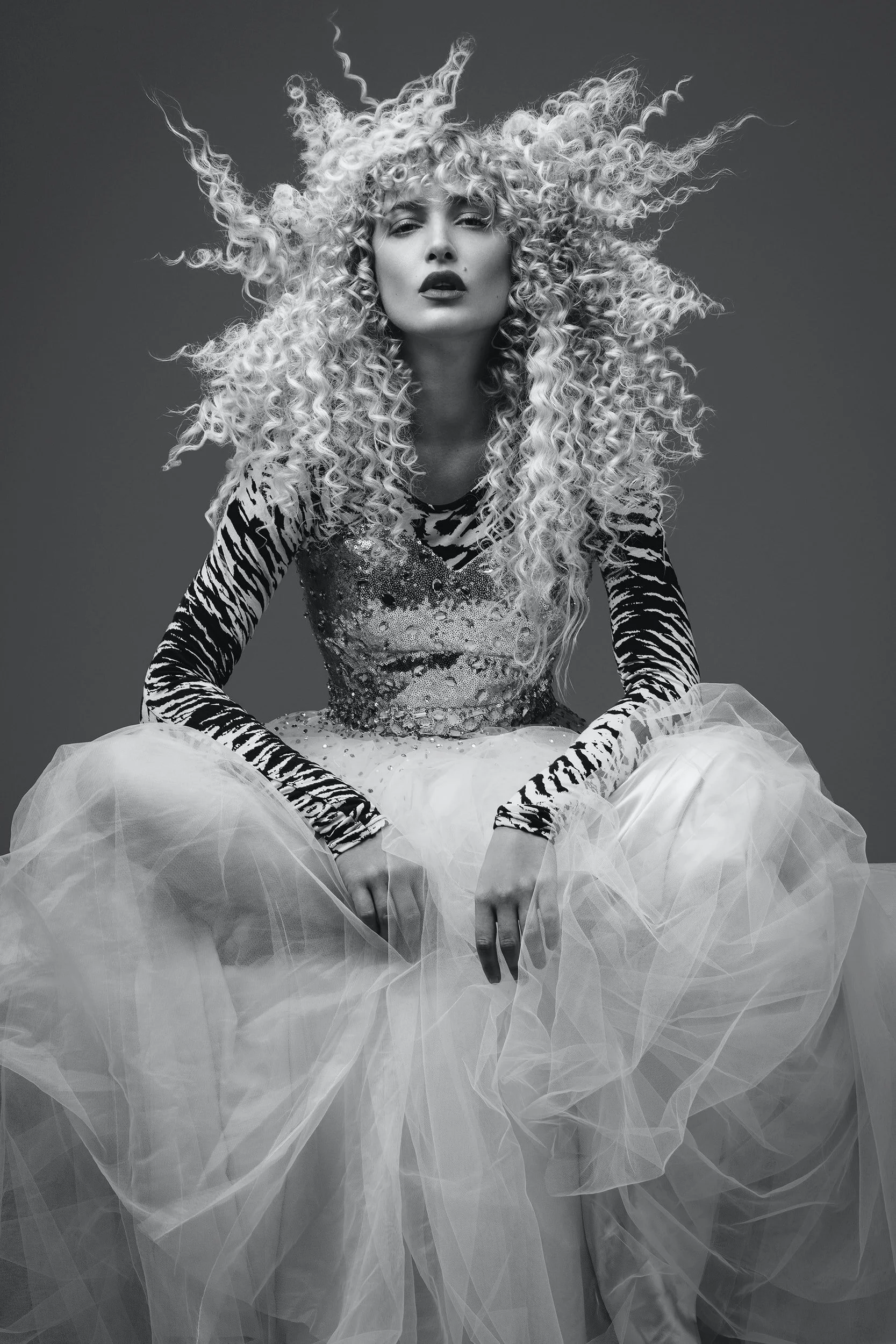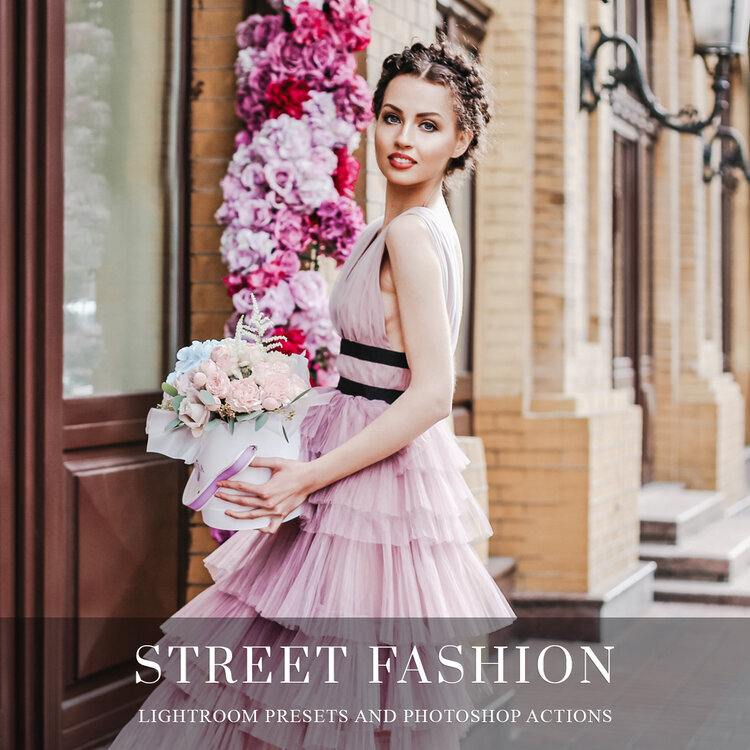Want to be a fashion photographer? Here's what you need to know
The multi-billion-dollar fashion industry is intrinsically linked to photography. Most fashion designers, manufacturers, and retailers need photography in some capacity to market their fashions.
Because the industry's needs are diverse, fashion photography requires photographers of various skills and interests. We've put together this guide to fashion photography. We hope you will find it helpful!
Defining Fashion Photography
Fashion photography encompasses a broad range of genres that relate to fashion. Its genres often overlap with other genres and include portraits, fine art, and marketing. Its photography needs include everything from fashion websites to retail catalogs to ad campaigns.
Some types of fashion photography
1. High Fashion Photography
This is considered the most artistic, big production, and highest quality because "high fashion" translates to big-name designs, often out of cities like Paris, New York City, and London. These designers expect a lot from their photographers. They often want to see their work portrayed in an edgier or more artistic manner.
What it takes:
The images are reflective of the fashion house itself, and the models are typically among the top-paid.
Hair and makeup are critical.
This genre is usually big-budget and shot with a medium format or full-frame camera.
The venues, backgrounds, and lighting are well-considered.
The images are of exceptional quality and are often worthy of gallery exhibitions.
2. Runway Fashion Photography
This type of fashion photography captures runway fashion - and its models. It can be a fast-paced shoot where you have little to no control over the environment, including lighting.
What it takes:
This is a high-paced genre where the fashions take center stage, literally.
The photographer will need to be flexible, shoot under various lighting conditions, including low light, and shoot fast, almost like a sports event.
Zoom lenses are best for runway photography, and your gear should include a monopod or tripod.
3. Editorial Fashion Photography
Think of editorial fashion photography as a step from high fashion. It could be considered a cross between high fashion and lifestyle photography, and it's typically featured in fashion magazines, books, and photography magazines. The images convey a narrative, and the designs aren't necessarily as exclusive as high fashion.
What it takes:
Editorial fashion images need to convey a story.
The photographer must understand the client's wishes for the narrative to plan and execute the photoshoot.
The setting and ambiance are usually critical to the narrative - another reason to plan the shoot in advance.
Always keep the narrative or story at the heart of the shoot.
4. Catalog Fashion Photography
This is pretty self-explanatory. This type of fashion photography is shot for catalogs and is considered a type of product photography. Its aim is to highlight fashions for sale.
What it takes:
Catalog photography isn't the most creative of fashion photography genres.
Lighting is critical to images so that the products are accurately portrayed.
It can be shot in the studio or on location, but the background shouldn't distract from the fashions.
The best lenses for catalog work are between 50mm to 70mm or even a telephoto (if shooting outdoors). Avoid a wide-angle lens.
The photographer needs to be comfortable working with professional models, and communication will be critical.
The model's poses are critical to featuring the fashions.
The focus of the images should always be the fashions.
5. Street (Style) Fashion Photography
This type of fashion photography captures - you guessed it - street-style fashions. These are "everyday" clothes and accessories reflecting the latest styles or trends. Some of this photography includes Catalog Fashion Photography or marketing.
What it takes:
This type of fashion photography can involve both candids and some posed (although most are candid).
It's similar to shooting street photography.
It can include professional models or real people on the streets.
The photoshoot sets are the streets.
6. Advertising/Marketing Fashion Photography
This is a bit like catalog photography. Its goal is to advertise and sell fashion or products, often as part of an ad campaign. Advertising photography can be anything from a simple studio photoshoot to a big-budget campaign with a big-name model.
What it takes:
Everything will depend on the client's goal, vision, and budget.
These factors will dictate everything from the gear you use to the setting and lighting.
Tips for Shooting Great Fashion Photography
1. Skill Set
Before you start any kind of photography genre, you must have the right skill set for the work. If you're interested in fashion photography, choose the one you're best suited to do. If you don't work well under pressure, aren't flexible, and don't like working without knowing lighting conditions in advance, runway photography is probably not for you. Once you select a photography genre, be sure to stay on top of the latest techniques, styles, and technology.
2. Master the basics
You must master basic photography skills before you launch your business. Clients and models don't like sitting around waiting while a photographer tries to figure out the correct settings or fiddling with lights because they don't remember how.
Models: If you want to be a successful fashion photographer, you must always respect clients and models, including never touching a model without permission. Before you touch them:
Make sure you communicate and explain your intentions.
Be clear on your intentions and ultimate goal for the shoot.
Remain respectful.
Make certain they feel comfortable.
3. Photo Releases
Ensure you have all the correct legal documents, licenses, copyrights, contracts, and releases needed before starting your work. Seeking legal advice is always good when you're first starting out. For example, you will need detailed model release forms stating they agree to be photographed and have their image published. You will also want to ensure that not your work is copyrighted but any products that appear in the image.
4. Communication
Models aren't the only ones you need to communicate with. The entire on-site team is critical to the success of a photoshoot. Treat everyone with respect, and be sure to communicate effectively throughout the shoot, whether it's the hairstylist, designer, or any assistants.
5. It takes a team
Professional photography can take a team of people to pull off. And even if you're the only one on location, you'll still have clients you're dealing with and possibly some office or studio assistance. Photography Fashion photography is rarely a one-person act. You will need to work with others, be patient, and flexible.
It also helps if you're a people person with strong social and communication skills. There will be a lot of starting and stopping during a photoshoot. To succeed in fashion photography, be prepared to work with others, including the designers, ad folks, models, stylists, etc. Also, be ready to accept orders from others, delegate, and coordinate. All of these skills can take time to develop, so be patient with yourself.
6. Gear
You don't have to have expensive gear to launch your fashion photography career, but you should start with crucial basics. However, what you start with depends mainly on the type of work you'll be shooting. We offered some suggestions above by genre. Keep in mind that you can also rent gear as you need initially to save money. Once you meet with your client, you will understand what you will need and can plan accordingly.
7. Portfolio & Website
Remember to regularly update your portfolio - and website if you have one - to show your most recent work and a new Fashion Lightroom Presets Collection by BeArt-Presets, will help you with this goal. Fashion photography is about the latest trends and styles. Not keeping your portfolio and website current risks displaying outdated fashions. That's not what most clients want to see.
Study Others: Study the work of other photographers on social media, photography sites, magazines, and catalogs.
Not only will you find inspiration, but it's an excellent way to stay current on trends in the fashion photography industry.
8. Meet Others
Professional and social networking groups can be enormously helpful, particularly in your early years of work. Seek out networking groups through websites or local photography clubs. If possible, find a mentor. Both networking and mentors can be beneficial.
9. Keep Learning
You won't know everything initially, whether it's working with clients or shooting a particular genre. Like with most photography, practice makes perfect. Practice your craft when you're not on a professional shoot and do your homework to learn new techniques. Like with any artist, you'll want to work on perfecting your craft.
Final Words
We hope you have found this guide useful. Don't be overwhelmed with the work before you even get your business started. Approach it like you would any other genre, but also prepare for the particulars of fashion photography. Fashion photography is a diverse field that requires a diverse skill set. Good luck!























